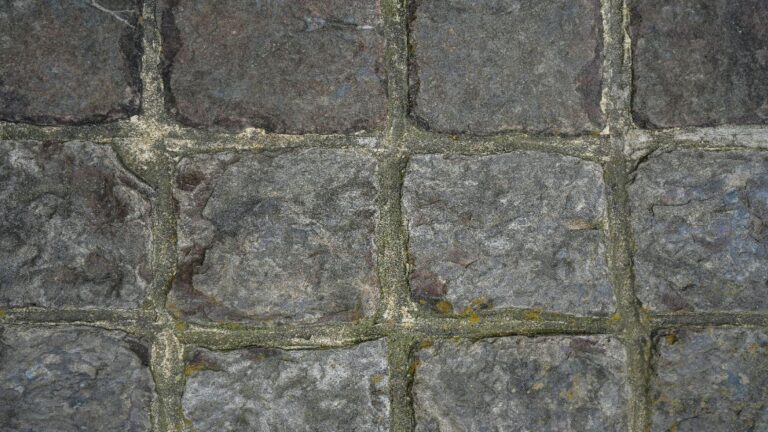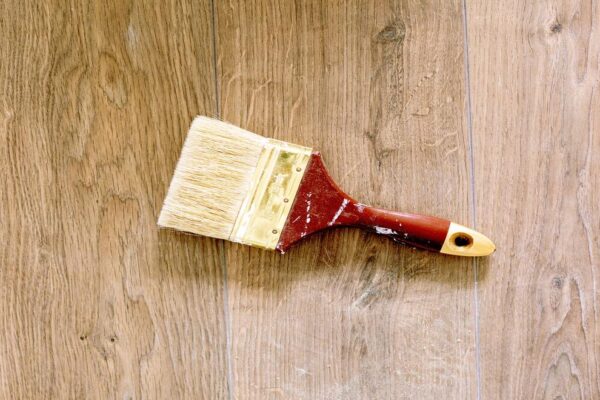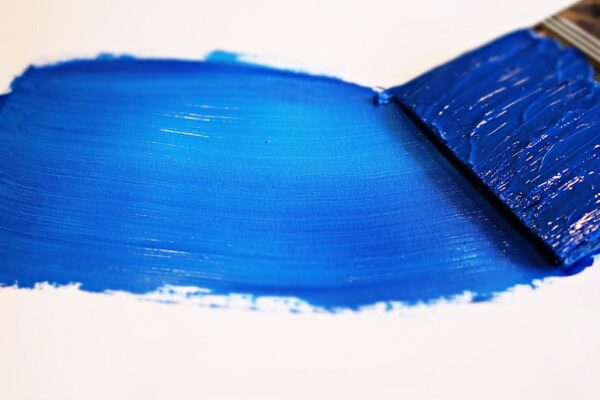To ensure that tiles on walls adhere to one another, gaps are filled with grout. Grout must be given enough time to dry in order for it to do its magic; otherwise, your hard work will be for nothing.
The drying time for grout is how long? On average, grout needs between 24 and 72 hours to dry. The type of grout, humidity levels, and whether you’re working inside or outside all affect how long it takes for the grout to completely dry. Before exposing grout to moisture, most manufacturers advise waiting three to seven days.
A crucial first step in your upcoming home improvement project is understanding how long grout takes to dry. In this article, information about grout will be explained.
You may be interested in How Long Does It Take For Spray Paint To Dry?
Drying Times Of Different Grouts
It is best to read the instructions on the packaging to determine how long the grout will take to dry. It must always be at least 24 hours, but I always advise going beyond what the manufacturer recommends.
The grout needs to dry even more time if you intend to seal it, which is typical in most situations. This is necessary to ensure that all moisture has been released before exposing the grout to moisture once more.
Cement-based Grout
Unsealed cement-based grouts require a curing period of up to 72 hours. The time required is longer with sealant. Sanded and unsanded cement grout are the two main varieties. Grout that has been sanded is more durable against shrinkage and cracking. It is therefore perfect for large tile gaps. Unsanded grout is preferable for smaller gaps, though.
Epoxy-based Grout
Because it doesn’t need a sealant, epoxy-based grout has a clear advantage. Thus, such grouts have a faster curing time. Additionally, a 24-hour curing period is typical.
Grease, acid, and other harsh chemicals can’t harm epoxy resin, making it strong. Epoxy resin can therefore prove to be resilient even in demanding circumstances like high humidity and exposure to a lot of dirt, debris, and dust.
Furan Grout
Similar benefits to those of epoxy-based grout also apply to furan grout. It takes 24 hours for furan grout to be usable. It is comparable to epoxy grouts in some ways. Alcohol polymers, which are strong and resilient, are the foundation of the material.
Furan grout’s thermosetting resin is resistant to corrosive substances and extreme heat. This grout type is therefore ideal for the demanding environments present in industrial settings such as factories and laboratories.
What Elements Affect Grout Drying Time?
The amount of time it takes for grout to dry varies depending on many factors, including the type of grout you used, the temperature of your home, whether or not it is humid outside, and whether or not there are plants or other greenery nearby. Typically, grout takes between 24 and 72 hours to dry on average.

Let’s explain each factor more closely:
Grout Type
The full setting and drying time for sanded and unsanded grout is three days. The surface of your grout and tiles can be sealed after you’ve given it at least 48 to 72 hours. This offers excellent protection. Even though it will be dry in 3 days, you should wait longer before exposing the area to moisture.
The drying time for epoxy grout is only 24 hours. It can be used after roughly 24 hours because it doesn’t need to be sealed.
Humidity
You must allow more time for grout to dry if the area where your tile project is located is humid, such as a bathroom. Both internal and external humidity levels can have an impact on the drying time of grout. Tile grout will take longer to dry in Florida than it will in a place like California.
Plants And Greenery
Strangely enough, the presence or absence of indoor plants can influence how quickly your grout dries. In your home, plants can release moisture that increases humidity levels.
What Takes Place If Grout Does Not Dry Properly?
If grout doesn’t dry properly, here’s what can happen: Peels and flakes: This is frequently caused by sealing the grout before it is completely dry. Because of this, the grout’s overall strength and appearance are diminished. It can also peel and flake.
Weak Joints
If the grout doesn’t dry properly, it won’t be able to create a solid joint between the tiles, leading to holes, cracks, or gaps in the grout lines. These problems weaken the joints and make it possible for moisture to enter between the tiles.
Crack And Crumble
The likelihood of grout crumbling and cracking increases when it isn’t given enough time to dry. This typically happens if the grout is exposed to moisture before it has fully dried.
Discoloration
If you use white or light-colored grout, this will be particularly obvious. If you don’t give the grout enough time to dry, it will discolor, giving the tiles’ borders an uneven color.
Mold And Mildew
Mold and mildew growth is more likely if the grout isn’t given enough time to dry. Because grout is porous, it’s common to find mold and mildew there. Moisture can enter the grout through cracks, crumbles, weak joints, and flaking, which can result in mold and mildew. It might be impossible to remove the mold without damaging the tiles if it grows behind the tiles.

How To Make Grout Dry Faster?
In a hurry for your grout to dry more quickly? It isn’t much you can do to shorten the curing time of grout because it cures as a result of a chemical reaction. However, you can stop it from slowing down as a result of outside influences. For example, try these tips:
- To maintain dry air, turn on a dehumidifier or an air conditioner. It will dry more quickly the less moisture there is in the air.
- Use a fan to blow air along the walls or floor.
- Eliminate the room’s plants.
- If the grout is outside, keep it safe from weather conditions like rain, snow, and humidity.
How To Get Dried Grout?
You can’t really speed up the process of grout drying because it is a chemical reaction.
Here is a step-by-step guide to applying grout to your tiles:
Step 1: Plan Ahead Of Time
If working on a multiple-room project, it is crucial to choose which room you will grout first. While the grout is drying in any room you are working on, you cannot be there.
Decide on and prepare another room to sleep in for a few nights if you are working in your bedroom. If you are working in your kitchen, you should prepare your meals in advance or plan to eat out for a few days while the tiles and grout fully dry and set.
Step 2: Cleaning Your Tiles
It’s crucial to remove any excess grout quickly after applying it to your tiles in order to prevent it from adhering to the surface of the tile permanently.
TIP: Use a wet sponge to clean the tiles 15 to 30 minutes after the grout has been applied.
Waiting until the grout has dried will make it much more difficult to remove from your tiles.
Step 3: Allowing And Assisting The Grout To Dry
For the grout to dry, you must allow enough time. You don’t want to ruin your project because you were impatient, as we’ve already stated. The use of an air conditioner, dehumidifier, or electric fan can help to relieve some of the humidity and increase air circulation, which can help to speed up the process.
Step 4: Applying A Grout Sealer
It’s crucial to use a latex additive or grout sealer to stop liquids from penetrating the grout. Sand, which is permeable to water, is a common component of grout. Applying a grout sealer is a good idea to help protect the grout, the tiles, and the grout beneath it.
You shouldn’t do this until the grout has fully dried, and regrettably, you won’t be able to use your room normally again until the sealer has dried as well.
Final Thoughts
It takes time and accuracy to apply grout. For successful tile installation, especially over time, you must give your grout time to dry. Otherwise, a number of problems could develop, including cracking, flimsy joints, mold growth, and mildew.
The manufacturer’s instructions should always be followed when grouting. Some advice drying for 24 hours, while others advise up to 10 days. Checking is crucial, therefore.





